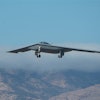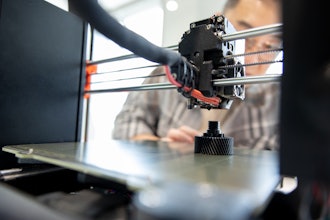NEW YORK (AP) -- Aluminum maker Alcoa Inc. said Thursday that it has developed new alloys and engineering techniques that will give it a chance to compete against the non-aluminum parts increasingly used by airplane makers.
Big planes have used aluminum for their skin and other parts for decades. But Boeing's new 787 uses a carbon fiber composite, and the new A350 planned by Airbus will, too.
"The decisions made in the past decade to build the first composite-intensive aircraft was a huge wake-up call for us," said Mick Wallis, the Alcoa executive in charge of the company's aerospace sheet and plate aluminum products. He said that made sense at the time, but aluminum technology has advanced since then.
Alcoa says the new aluminum techniques should reduce weight by 10 percent. Weight is one of the main things that determines how much fuel a plane burns.
The company said the new improvements are targeted at short-range aircraft.
Aircraft makers have long lead times in making design decisions, so it's likely to be years before Alcoa's new aluminum takes to the sky.
Boeing Co. is weighing possible future replacements for its 737 and large, long-range 777. John Byrne, the company's director of aircraft materials and structures for commercial airplanes, said Boeing keeps an eye on advances in materials but no decisions have been made about materials for future products. He said Boeing is "delighted to hear about the investments and advances Alcoa and other raw-material suppliers are making."


















